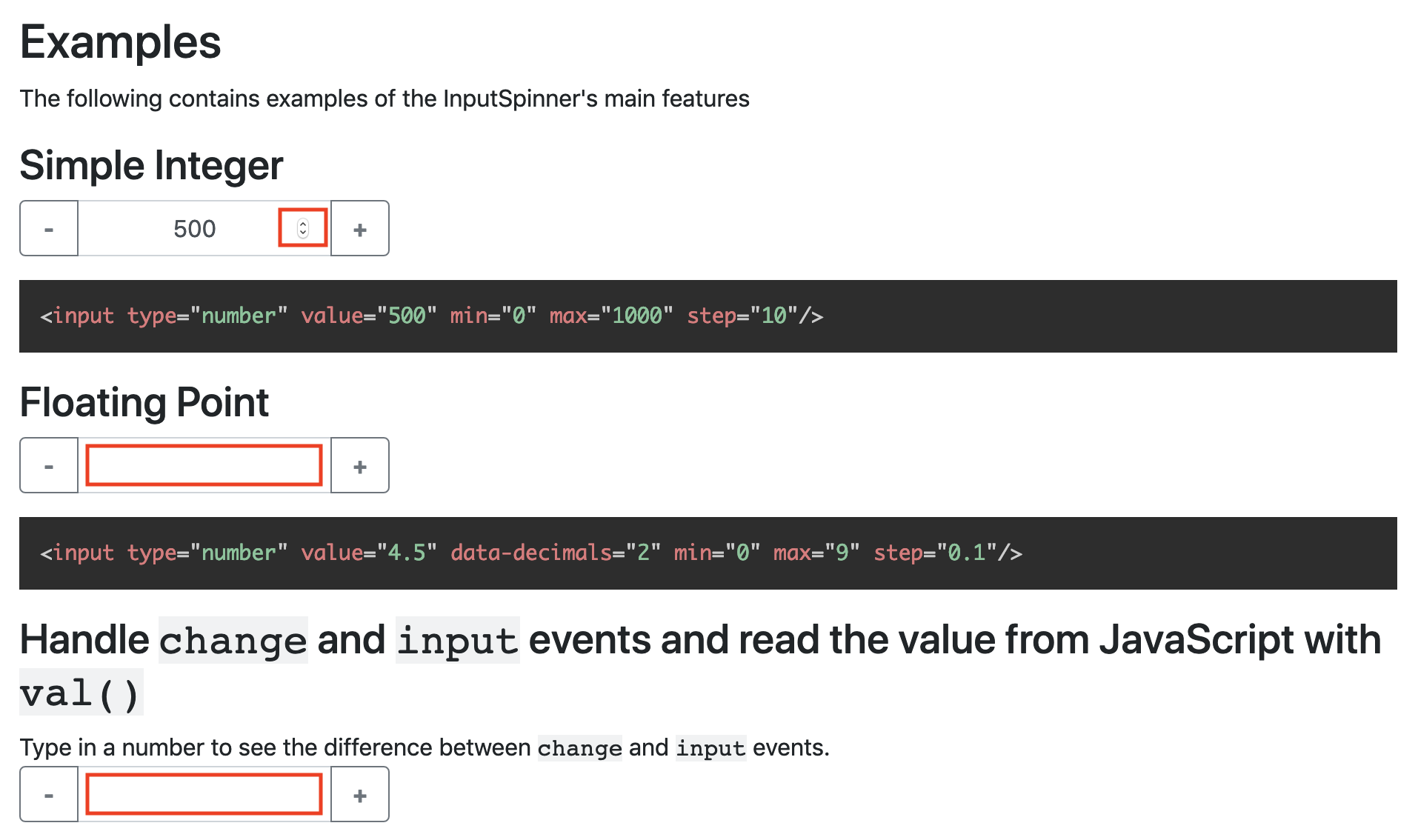Max Loan to Value HELOC: Unlocking Your Home's Equity
### DescriptionIn today's financial landscape, homeowners are increasingly looking for ways to leverage their property to meet their financial needs. One of……
### Description
In today's financial landscape, homeowners are increasingly looking for ways to leverage their property to meet their financial needs. One of the most effective methods to tap into your home’s equity is through a Home Equity Line of Credit (HELOC). However, understanding the concept of "max loan to value HELOC" is crucial for homeowners who want to make informed decisions.
A HELOC is a revolving line of credit that allows you to borrow against the equity in your home. The equity is calculated by taking your home’s current market value and subtracting any outstanding mortgage balances. The "max loan to value" (LTV) ratio is a key factor in determining how much you can borrow. This ratio compares the amount of the loan to the appraised value of the property. For example, if your home is worth $300,000 and your mortgage balance is $200,000, your equity is $100,000. If your lender offers a max LTV of 80%, you could potentially access $80,000 through a HELOC.

Understanding the implications of the max loan to value HELOC is essential for homeowners. The LTV ratio can vary significantly between lenders, typically ranging from 70% to 90%. A higher LTV means you can borrow more, but it also comes with increased risk for the lender. Consequently, lenders may require a higher credit score or impose stricter terms on borrowers who wish to access the maximum loan amount.
When considering a max loan to value HELOC, it’s important to evaluate your financial situation and future plans. While a HELOC can provide quick access to cash for home renovations, debt consolidation, or unexpected expenses, it is a secured loan that places your home at risk. If you fail to make payments, you could face foreclosure. Therefore, it’s imperative to have a clear repayment strategy in place.
Moreover, the interest rates on HELOCs are often variable, meaning they can fluctuate over time. This can impact your monthly payments and overall financial planning. Before committing to a max loan to value HELOC, it’s advisable to compare rates from multiple lenders and consider fixed-rate options if available.

Another factor to consider is the fees associated with a HELOC. Many lenders charge closing costs, annual fees, or even early termination fees. Understanding these costs will help you assess whether a HELOC is the right financial tool for you.
In addition to the financial implications, homeowners should also be aware of the tax benefits associated with HELOCs. Interest paid on a HELOC may be tax-deductible, especially if the funds are used for home improvements. However, tax laws can change, so it’s wise to consult a tax professional to understand how a HELOC could impact your tax situation.
In summary, a max loan to value HELOC can be a powerful financial tool for homeowners looking to leverage their home equity. However, it comes with risks and responsibilities that must be carefully considered. By understanding the max loan to value ratio, evaluating your financial condition, and comparing lender options, you can make an informed decision that aligns with your long-term financial goals.

Whether you are looking to finance a major home renovation, consolidate high-interest debts, or simply have a safety net for emergencies, a max loan to value HELOC can provide the flexibility and access to funds that you need. Just remember to approach this financial opportunity with caution and a well-thought-out plan to ensure that your home remains a valuable asset rather than a source of stress.